Gapyong Space Invader Lands in Korea's Countryside
By Bustler Editors|
Monday, Jun 6, 2011

Related
Gapyong Space Invader is a recent competition win for a housing project in Gapyong, northeast of Seoul, South Korea, by Dutch NL Architects in collaboration with Yo2, who had also developed the master plan, and MSA (Marina Stankovic and Tobias Jortzick), CAT (Kazuhiro Kojima), Unsangdong (Joon Gyo Jang), and FOA (Alejandro Zaera-Polo).
Project Description from the Architects:
Our good friend Young Joon Kim asked us to join forces in a competition for a residential development in the area of Gapyong, not too far from Seoul. Yo2 has been developing the masterplan and invited MSA (Marina Stankovic and Tobias Jortzick), CAT (Kazuhiro Kojima), Unsangdong (Joon Gyo Jang), FOA (Alejandro Zaera-Polo) and NL to participate.

The ambition of yo2 and Kolon EC, the client for this project, is to create an environment that can serve as an alternative for the typical tower block. This typology has dominated the cityscape of urban Korea in the last 30 or so years. Would it be possible to offer a more suburban lifestyle with a similar density?
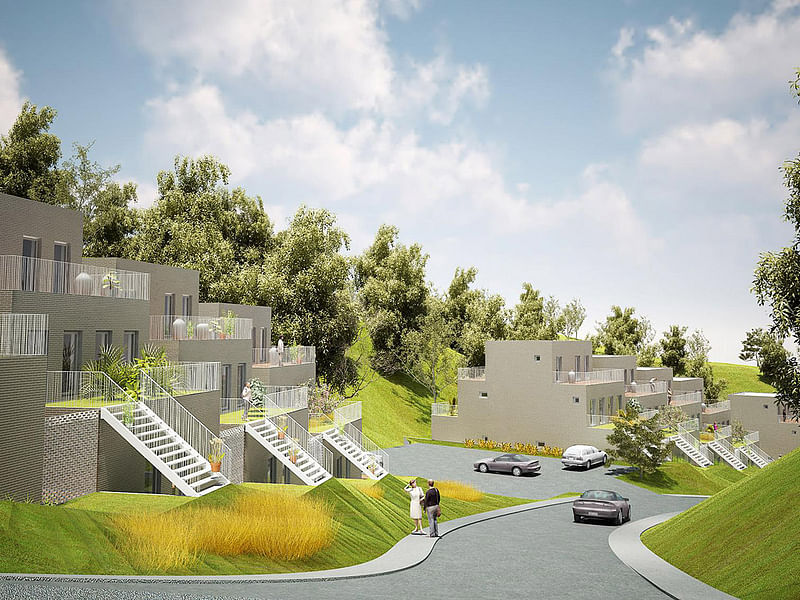
The masterplan consists of an array of housing types on the slope of a hill overlooking a valley and the North Han River. Each ‘height line’ has been developed by different architects. We were allocated a stretched plot surrounded by forest on the steepest part of the development.
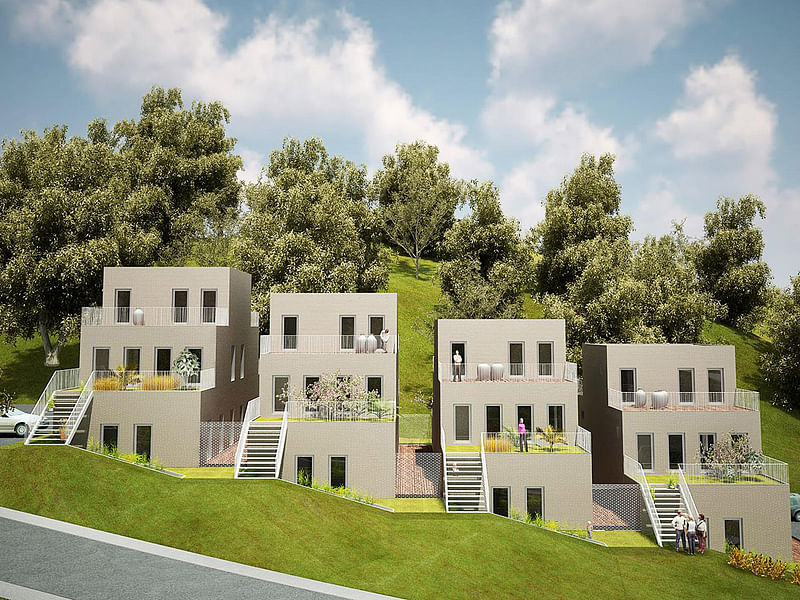
The Gapyong Space Invader consists of a stacked unit: one single story bungalow below and a two story apartment on top. The units are grouped into clusters of four; a narrow patio or alley separates the units. Four of these ‘mats’ are arranged in a sequence, a frozen 3D cascade.
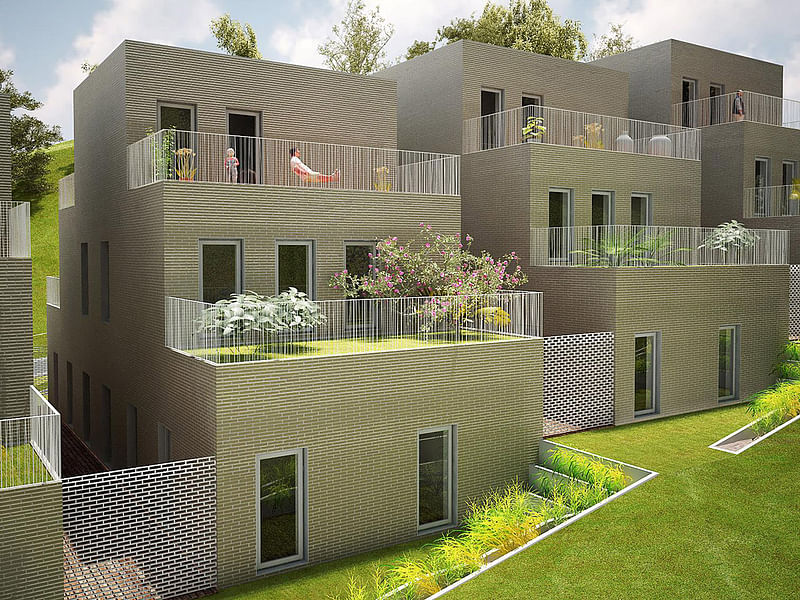
The lower house is about eighteen meters long and seven and a half meters wide. It features windows on three sides that overlook the 3 connected gardens. A technical zone in the dark area of the house serves as a backbone. The three sleeping rooms face the surrounding forest and the living room opens up to the court.

The house on top in principle is the same size, but is cut on two thirds of the length. The short section is placed on top: a friendly ziggurat comes into being. The second level has large ‘balconies’ on both ends that actually can be considered gardens; a fairly thick layer of soil will allow plants, trees and even vegetables to grow on the balcony. The new ground level that is thus introduced will hopefully evoke the impression of a real ground related dwelling, which in some conditions can function as a psychological advantage. Apartment becomes House.

The top dwelling has four outdoor spaces of about 18m2: plenty of space to place for gardening, relaxing, playing and for storing your Kimchi.
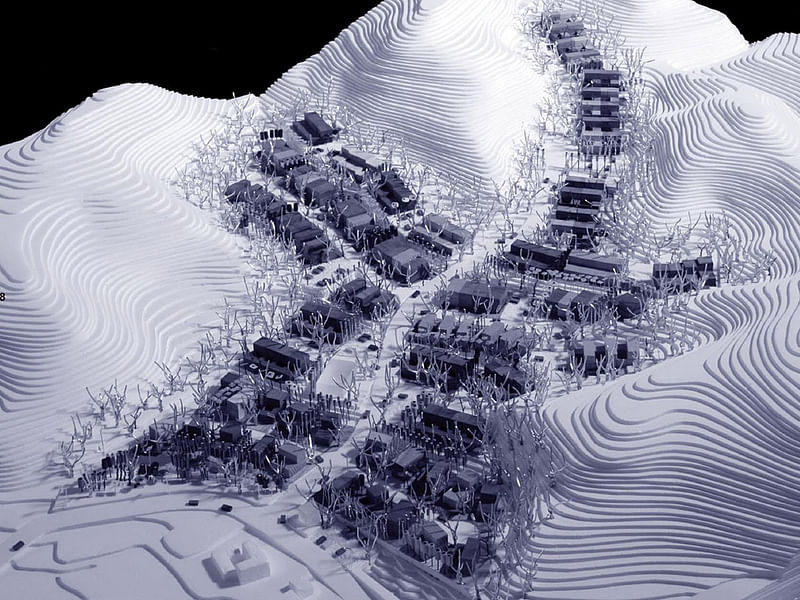
See more renderings, plans and diagrams in the image gallery below. All images courtesy of NL Architects.
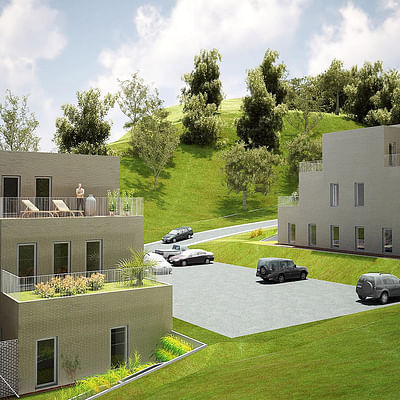

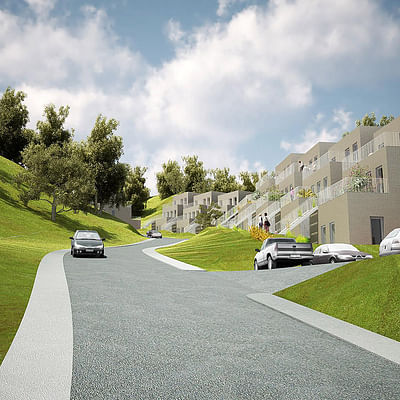

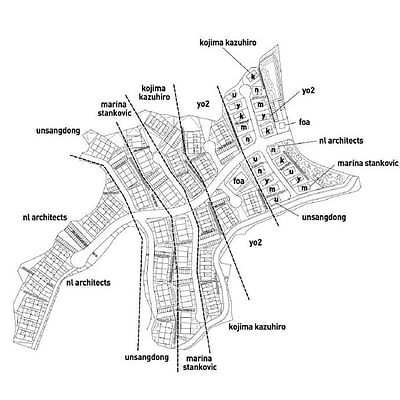
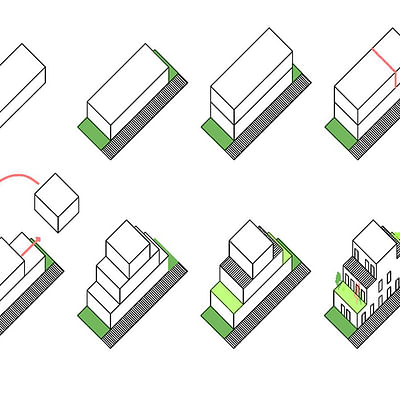
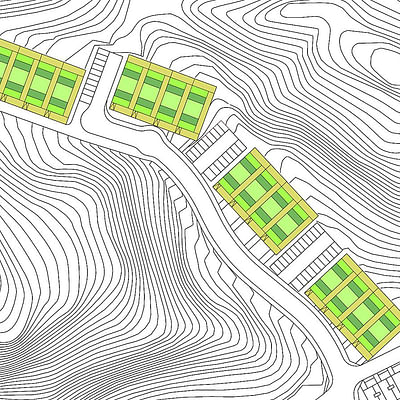

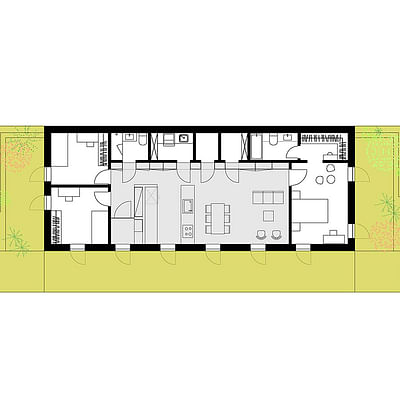

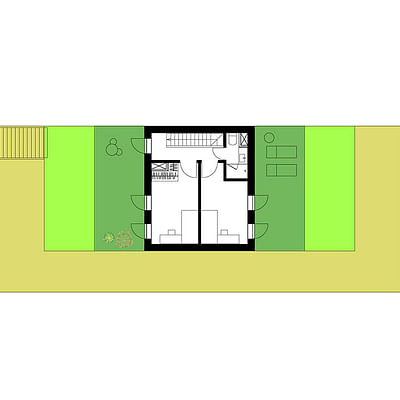
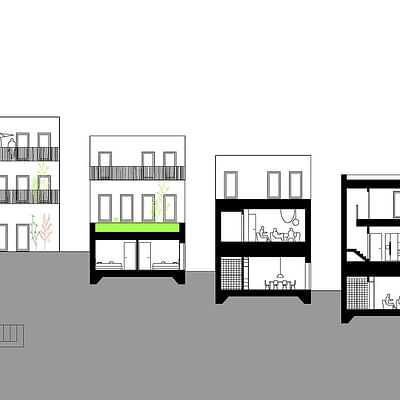

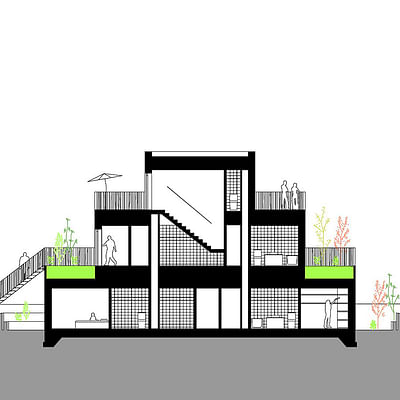
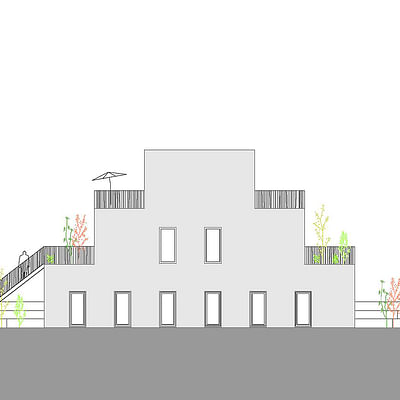
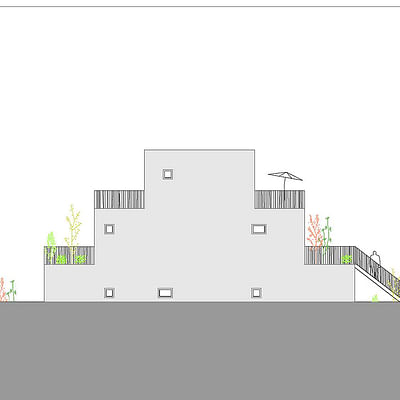
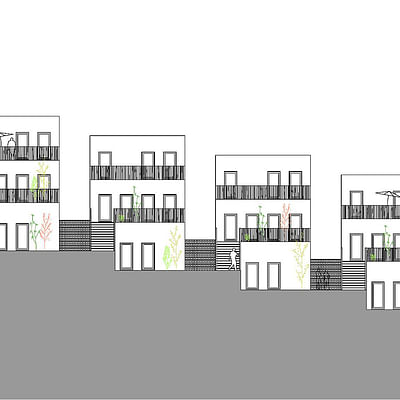
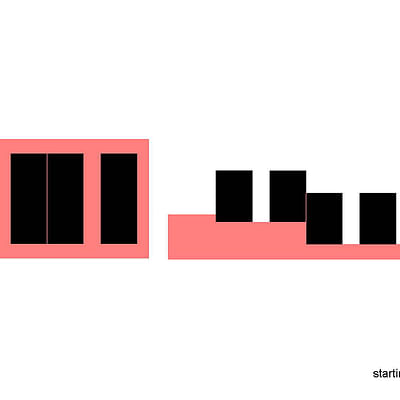

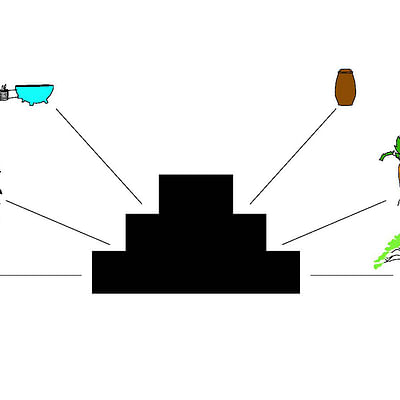

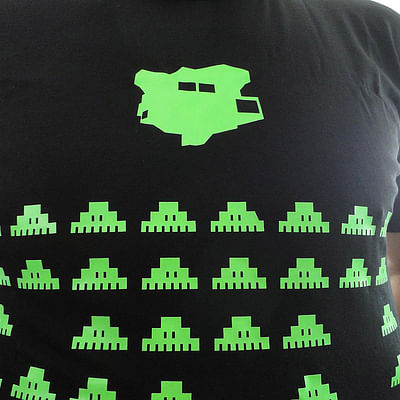
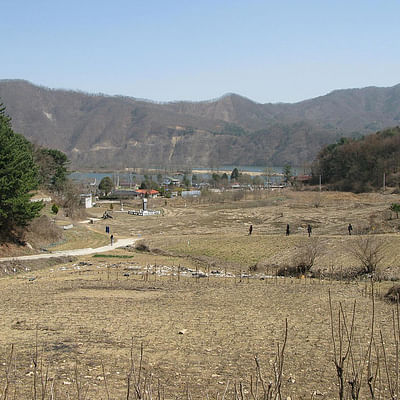

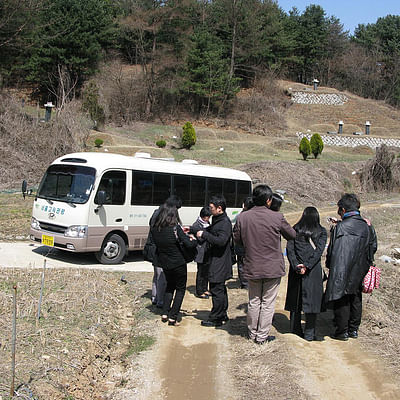

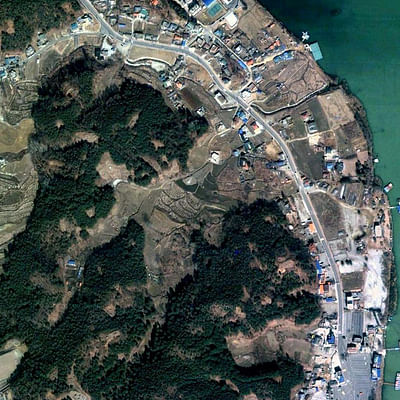

Share
0 Comments
Comment as :